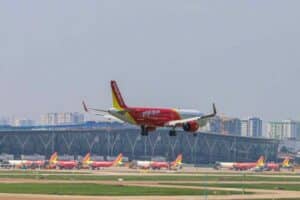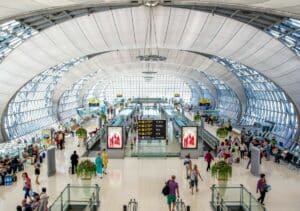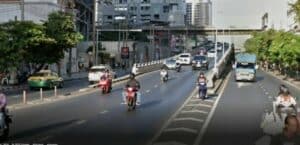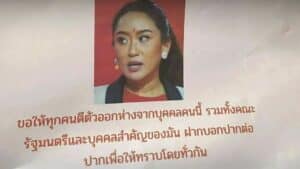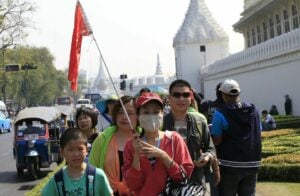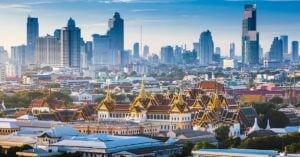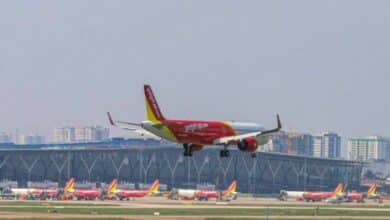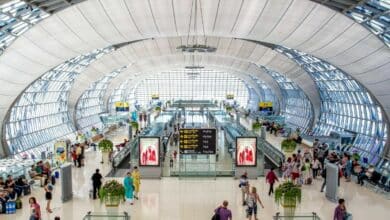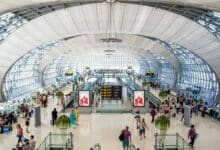Domestic tourism makes tracks but misses 1 trillion baht mark
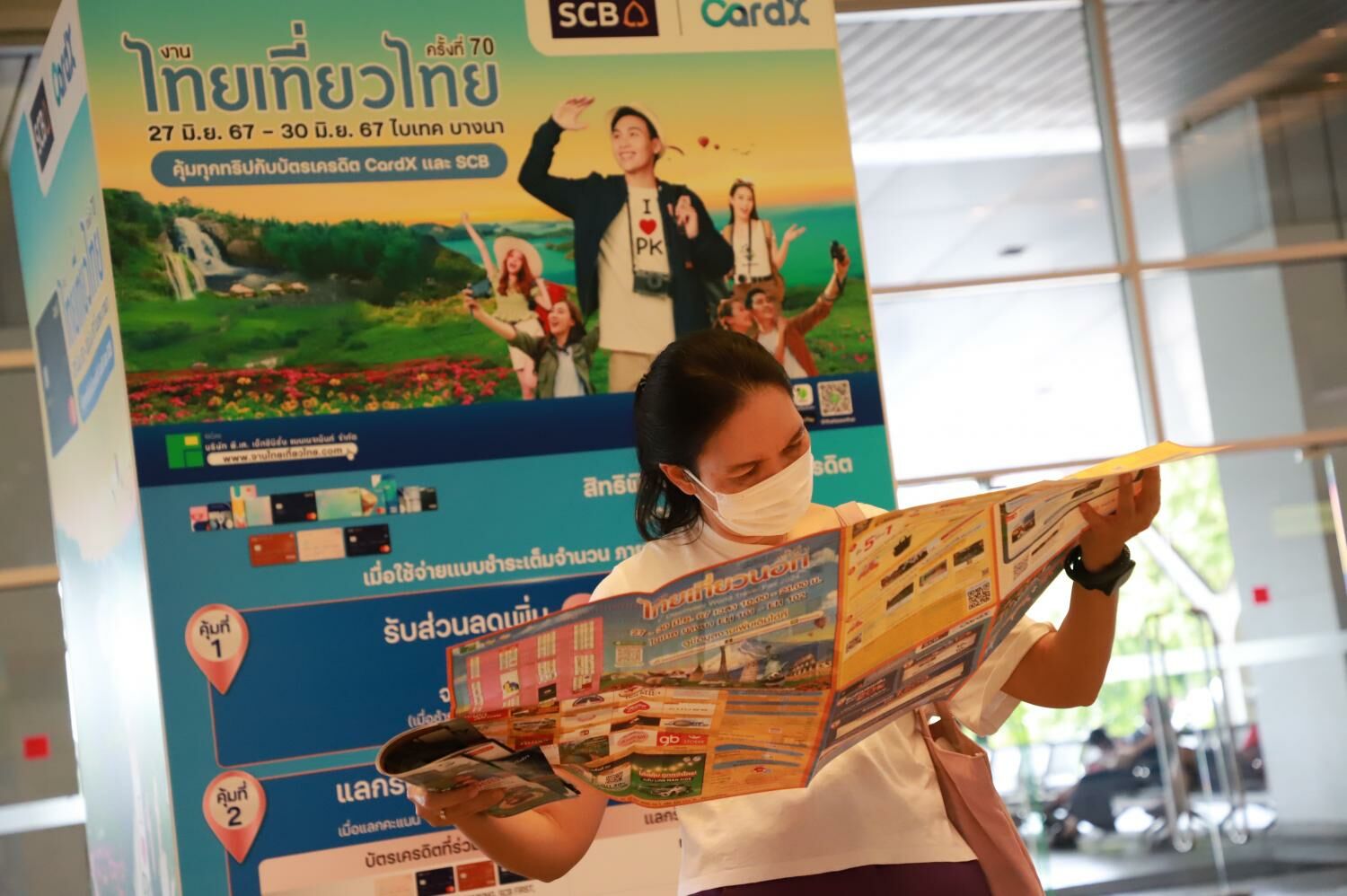
Domestic tourism is on track to achieve 200 million trips this year, though revenue is anticipated to fall short of the 1 trillion baht (US$30 billion) target, reaching only 965 billion baht (US$29.3 billion). The private sector is urging for the promotion of second-tier cities through a loyalty programme to bolster local tourism.
From January to July, domestic tourism receipts climbed 12.4% to 581 billion baht (US$17.6 billion), driven by 160 million domestic trips, which marked an 8.8% year-on-year increase.
Somradee Chitchong, Deputy Governor for Domestic Marketing at the Tourism Authority of Thailand (TAT), noted that the fourth quarter typically generates the highest revenue, accounting for 35% of the yearly total. The agency remains hopeful that local expenditure will increase, edging closer to the original goal of 1 trillion baht (US$30 billion).
Uncontrollable factors such as widespread flooding and cautious spending behaviour among local travellers may impact travel decisions and expenditures, said Somradee.
“We still hope to see a significant improvement in the high season during the final quarter, as this is the hopeful period for tourism. The weather is more favourable and mostly free from PM2.5 dust as in the first quarter, which is also high season.”
The TAT reported that total tourism revenue from both domestic and international markets between January and July reached 1.4 trillion baht (US$42.5 billion). The average hotel occupancy rate nationwide increased slightly to 73%, up 4% year-on-year.
Domestic tourism
The central region attracted most travellers with 68.1 million trips, generating 295 billion baht (US$9 billion), reflecting increases of 8.2% and 9.6% respectively. Despite fewer trips, Chon Buri generated higher domestic revenue than Bangkok, with the Thai market as its primary target.
The south, however, earned the highest revenue of 566 billion baht (US$17 billion) from 33.1 million trips, thanks to international visitors flocking to popular seaside destinations such as Phuket, Phang Nga, and Krabi.
The Federation of Thai Tourism Associations (FETTA) recommended that officials periodically plan marketing campaigns and elevate successful events to regular occurrences to allow tourists to plan their trips in advance.
Sisdivachr Cheewarattanaporn, president of the Association of Thai Travel Agents, part of FETTA, suggested that promoting second-tier cities could help distribute income to more provinces and boost travel numbers.
He mentioned that FETTA proposed to the Tourism and Sports Minister the initiation of a second-tier city airport loyalty programme. This would enable tourists to earn points when travelling via provincial airports such as U-Tapao in Chon Buri, Khon Kaen, Udon Thani, Chiang Rai, Krabi, Hat Yai, and Surat Thani, with the private sector in each province offering discounts for points redemption, reported Bangkok Post.
Sisdivachr also suggested that the government provide incentives to international carriers to fly directly to second-tier cities and facilitate convenient transfers between secondary and key cities.




